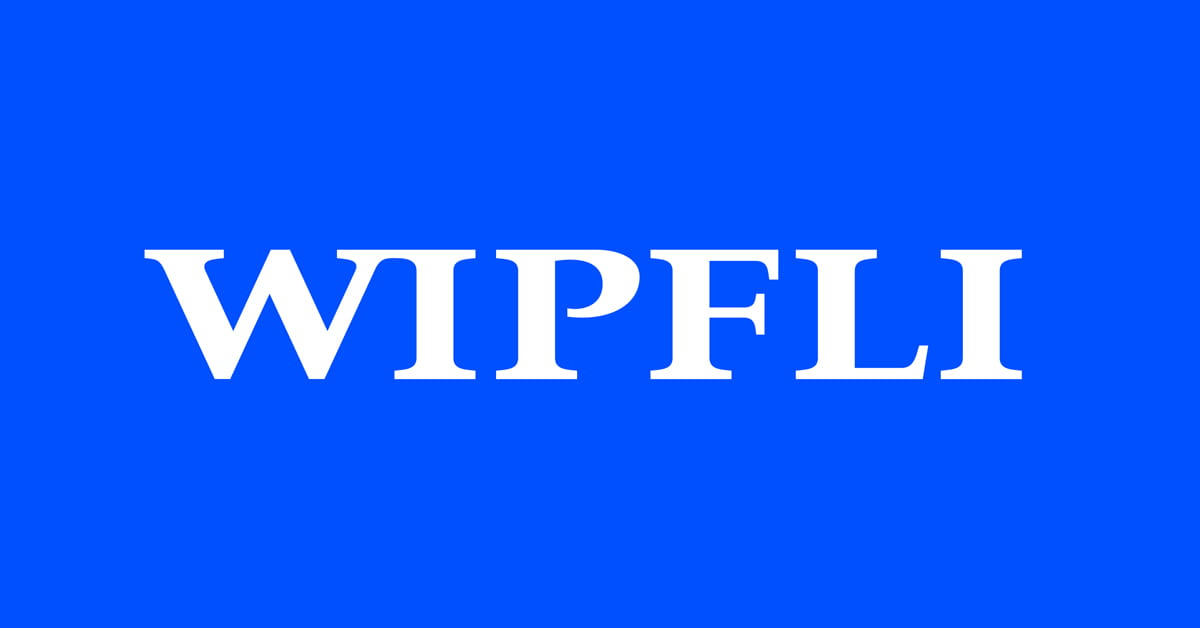Policy aftershocks hit construction under Trump administration

The first month of the Trump administration has seen major policy changes and executive orders that will impact the construction industry. Construction company executives need to understand these changes and their implications so they can plan strategically and make effective decisions. Explore key areas of impact and ways your business can adapt to these changes below.
Key policy changes and executive orders
The Trump administration’s sweeping changes affect environmental policy, workforce rules and operations. Construction industry leaders should follow each change and learn how it might affect their operations.
Here are the most significant updates and what they mean:
1. Regulatory rollbacks and policy shifts
The administration has implemented a regulatory freeze, halting new regulations that hadn’t yet been published. This freeze affects everything from environmental standards to labor practices. The pause allows for review and potential modification of rules to match current priorities.
Additionally, several environmental directives from the previous administration have been revoked, including those promoting electric vehicle adoption and restricting deep-sea drilling.
Implications:
- Impact of rolling back environmental regulations: While this freeze introduces some uncertainty, particularly for projects dependent on pending environmental and labor guidelines, rolling back environmental regulations could streamline certain construction processes. This may lead to reduced compliance costs and expedited project timelines.
- Impact on infrastructure projects: Large infrastructure projects could see faster approval times, but uncertainty around labor and environmental policies might deter long-term investment.
- State versus federal compliance issues: While federal environmental regulations may be rolled back, some states (such as California and New York) have stricter policies that remain in place. This may create compliance challenges for construction companies operating across multiple jurisdictions.
- Labor market effects: Many construction projects rely on labor laws. Changes in wage laws, safety standards and worker classification rules could impact contractors and subcontractors.
- Materials and supply chain considerations: The Trump administration is looking to make significant trade and tariff policy changes. These could affect key construction materials like steel, aluminum and lumber. If tariffs increase, material costs could rise, offsetting any savings from reduced regulations.
- Energy and sustainability trends: With a rollback in environmental policies, sustainability-focused construction projects (such as LEED-certified buildings and renewable energy projects) might receive less federal support. However, private-sector demand for green construction could still encourage growth in this area.
2. Federal funding freeze
A temporary halt has been placed on certain federal financial assistance programs, particularly those related to diversity, equity and inclusion initiatives and environmental projects like the Green New Deal.
Implications: Projects relying on federal grants or loans, especially those tied to environmental or inclusivity programs, might face delays or funding shortages. Construction companies should reassess their financial strategies and explore alternative funding sources where necessary.
On January 27, 2025, the White House issued a directive through the Office of Management and Budget (OMB) to freeze all federal financial assistance, including HUD grants. This order would have impacted numerous HUD programs, such as Section 8 housing choice vouchers, project-based rental assistance, homeless assistance grants and community development block grants.
The freeze has since been rescinded but has caused uncertainty in the housing sector. If HUD grants for affordable housing or urban development are paused or reduced, this could affect residential construction, particularly in low-income or urban areas.
3. Immigration policies
The Trump administration has implemented stricter immigration policies, which may exacerbate labor shortages. Nationally, foreign-born workers fill an estimated 30% of trade jobs, like carpentry, plastering, masonry and electrical roles.
Implications: These policies could worsen existing labor shortages, potentially impacting project timelines and increasing labor costs. Increased worksite immigration audits and raids could deter undocumented labor, which has traditionally filled many construction roles.
States with a high reliance on immigrant labor (California, Texas, Florida, New York) could be hit hardest, and some states or cities may push back with local workforce policies to counteract federal restrictions.
Companies may need to invest more in training programs and explore innovative solutions, like apprenticeship and vocational training, to address workforce challenges. Industry associations may lobby for construction-specific visa programs or guest worker exemptions.
4. Infrastructure priorities
Shifts in federal spending could reduce funding for green projects but increase opportunities in traditional infrastructure and energy sectors. Funding is likely to prioritize highways, bridges, ports and energy production (such as oil, gas and nuclear) rather than renewable projects.
Implications: Construction companies involved in traditional infrastructure and energy sectors may see increased opportunities. However, those focused on green building projects might need to diversify their portfolio or adapt their services to align with new priorities.
Permitting reforms may fast-track large-scale infrastructure developments, benefiting companies in heavy civil construction. And large engineering and construction firms may need to pivot toward partnerships with state/local governments and private investors.
5. Tax reform
The Tax Cuts & Jobs Act (TCJA) introduced several provisions that directly impact construction businesses. However, some of these provisions are set to expire soon.
- Bonus depreciation: Previously, construction firms could deduct 100% of equipment and asset costs upfront, freeing up capital for expansion. As bonus depreciation phases out (reducing to 80% in 2023, 60% in 2024, 40% in 2025 and 20% in 2026), firms will need to adjust cash flow planning and rethink investment timing.
- Section 199A deduction: This deduction, which allows owners of pass-through businesses to deduct up to 20% of their qualified business income, is scheduled to expire at the end of 2025. Its expiration could make C-corporation status more attractive, depending on future corporate tax rates.
- Interest deductibility changes: In 2017, the TCJA introduced a 30% limit on interest deductibility based on adjusted taxable income. This limitation initially allowed companies to add back depreciation expense in their calculations, making the rule less restrictive; however, in 2022, the limitation was tightened to exclude depreciation and amortization. Potential extensions of the depreciation add-back provision could affect how construction firms structure project financing. Companies should monitor these developments as they plan future projects and financing strategies.
Potential tax policy shifts: If the administration lets these provisions expire, firms may see higher effective tax rates starting in 2026. Congress could introduce new tax incentives for infrastructure that offset some of these losses, depending on future legislative priorities.
Recommended actions for construction companies
As the industry responds to new regulatory requirements and market conditions, construction companies can take steps to protect their interests and find new opportunities.
Here are key considerations:
- Stay informed: Continuously monitor regulatory updates to anticipate changes that could affect project planning and compliance. Consider designating a team member to track these developments and report regularly to leadership.
- Review financial strategies: Assess the impact of funding freezes and shifts in federal spending on your projects. Diversify funding sources and explore private-sector opportunities to mitigate risks associated with changes in federal funding.
- Diversify workforce: Explore strategies to mitigate labor shortages, such as investing in training programs or using technology to improve efficiency. Consider partnerships with local vocational schools or implementing apprenticeship programs to develop talent.
- Engage with policymakers: Actively participate in industry associations and engage with local and national policymakers to advocate for policies that support the construction industry and address labor shortages.
- Optimize tax planning: Work closely with tax professionals to optimize your tax strategies in light of changing regulations. Consider accelerating equipment purchases while bonus depreciation is still available and explore alternative entity structures if the Section 199A deduction expires.
- Embrace technology: Invest in construction technologies that can improve efficiency and partially offset labor shortages. This might include building information modeling (BIM), drones for site surveys or project management software.
- Diversify project portfolio: If your company has been heavily focused on green projects, consider expanding into traditional infrastructure or energy sectors to capitalize on shifting priorities.
How Wipfli can help
Every construction project introduces unique opportunities and challenges — and so does every administration. Our team is here with straightforward advice to help you plan, manage risk and win more work.
At Wipfli, we understand the complexities of these changes and their impact on your business — from regulatory advisory and tax planning to workforce solutions and financial planning, we offer comprehensive support to address your specific needs. Visit our construction page or contact us to learn more.





